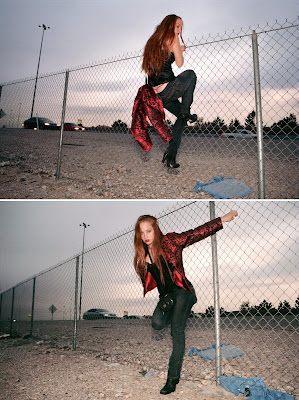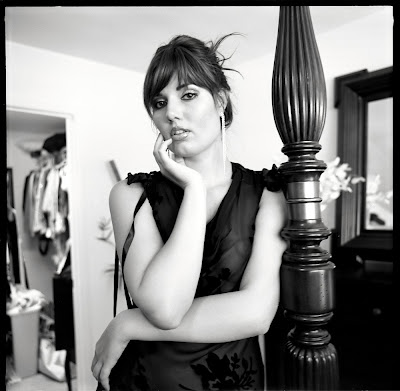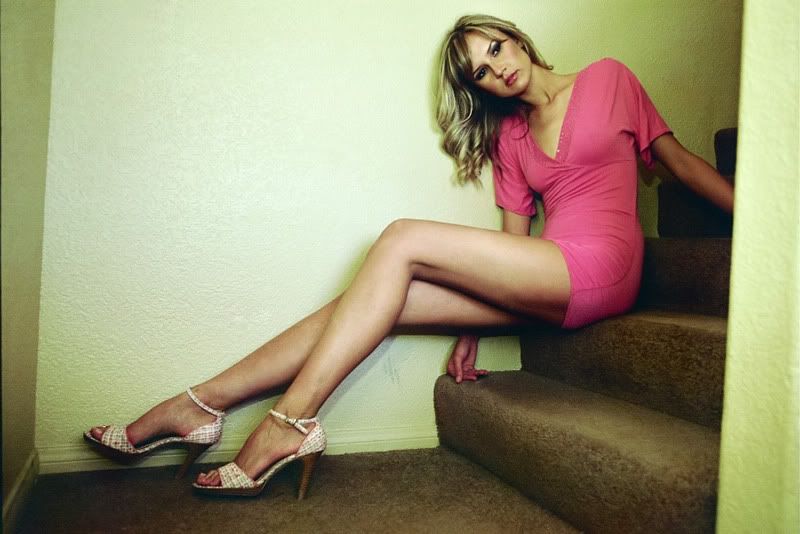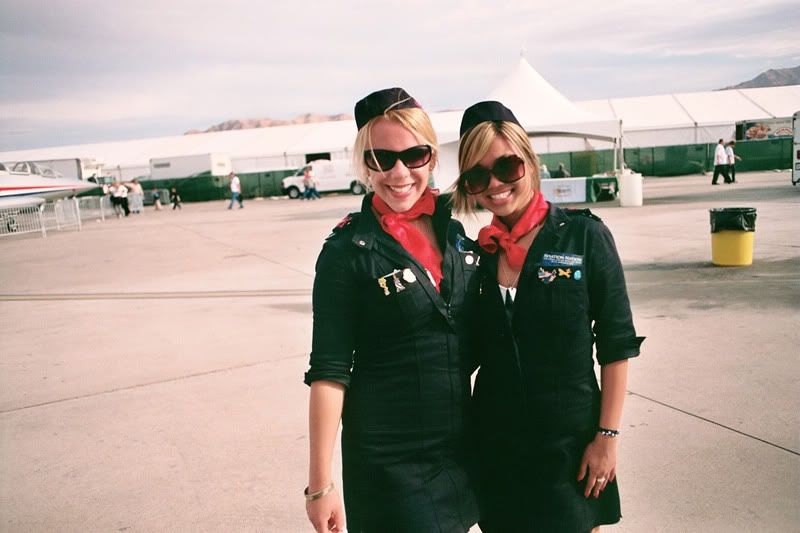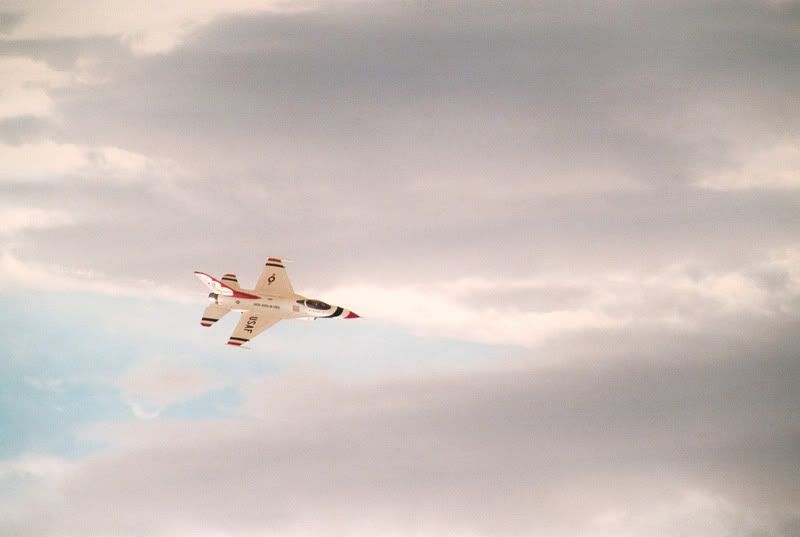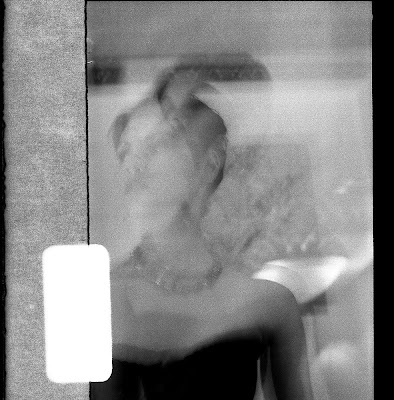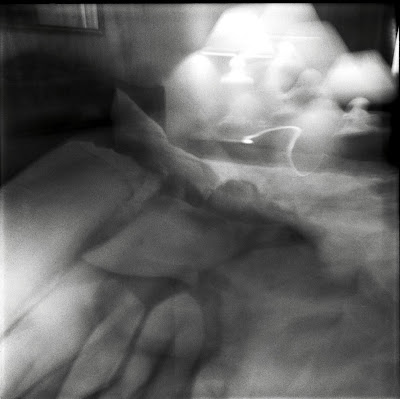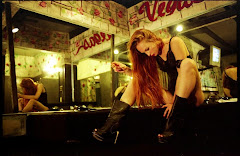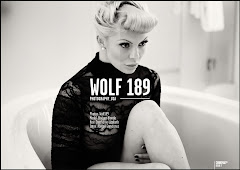Wednesday, July 30, 2008
Tasting sunshine...
Monday, July 28, 2008
General Relativity & Art Appreciation Theory
Too many words and not many visual examples so let's try to change that.
.
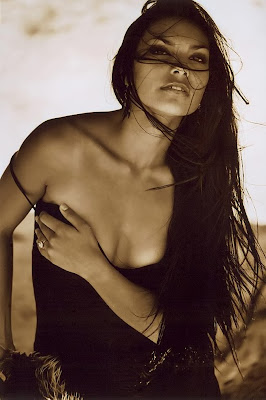
Models: Miss L. and Chrys, Films: Kodak B/W 400
On the other hand the following shots were my personal favorite works while almost never got a feedback about them from any art director, art buyer or publications.
.
The top photo of the following shots was very entertaining to me...the white cross on the darker back ground and dark heart on the lighter back ground, while both being placed between model's long legs to create a subtle yin/yang effect that I enjoyed plus I liked the fact that while the shot is from a shapely posterior of the model, the back ground is in the play as well as a dynamic composition ...such as unusual framing, while legs are heading diagonal and yet the upper body balances everything out (at least in my own eyes).

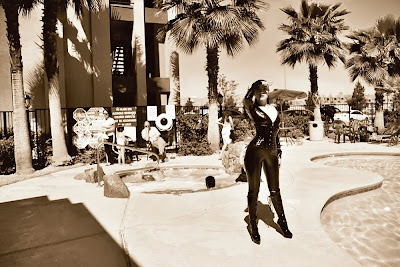
Model: Lillithe, Film: Kodak B/W 400
Thank you for your time and patience.
Cheers
Wolf189
Las Vegas, LA, Phoenix, NYCSunday, July 27, 2008
Square format
I have been enjoying the square format framing more and more these days (above image: 6"x6") ...perhaps because it forces me to understand and view the compositions in a different manner and reevaluate placing the dramatic elements within an equivalent space.
I think it works wonderfully for portrait shots as well as editorial and fashion portraits...the presented space does change dramatically based on the lenses that you would choose to work with of course.
Either way I am going to spend more time exploring possibilities using this format specially in documentary and architecture photography as well as editorial fashion.
Cheers
Wolf189
Las Vegas, LA, Phoenix, NYC
Wednesday, July 23, 2008
Canon Demi and Democracy
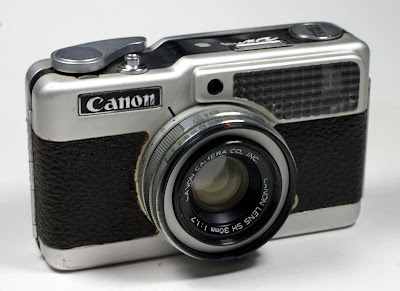

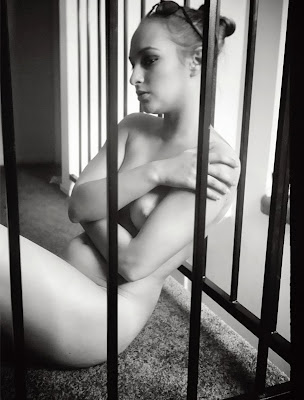
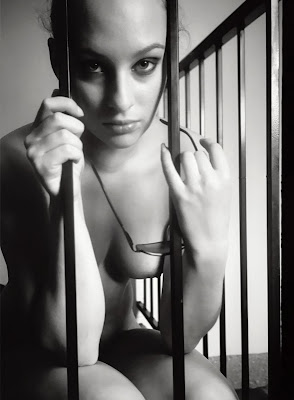

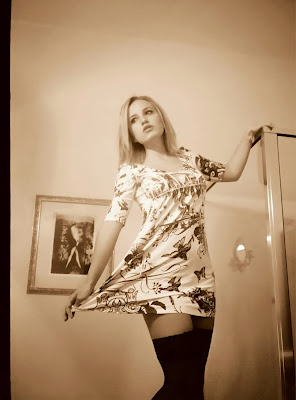


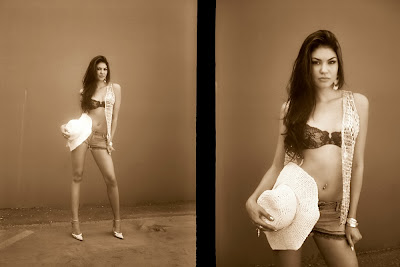
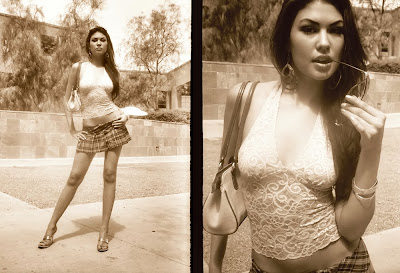
.
* : The image of Canon demi camera and its history has been borrowed from http://www.subclub.org/ .
Thursday, July 17, 2008
Editor's Pick for the Wired.com Red Photo Contest
Friday, July 11, 2008
180 Magazine: "Lizaveta's Long Legs!"
I’m nobody!
I’m nobody! Who are you?
Are you nobody, too?
Then there ’s a pair of us—don’t tell!
They ’d banish us, you know.
How dreary to be somebody!
How public, like a frog
To tell your name the livelong day
To an admiring bog!
Wednesday, July 9, 2008
Few interesting facts about Pentagon
"since 2004, the Pentagon has spent roughly $16 billion annually to maintain and modernize the military's business system, but most are as unreliable as ever-even as the surge in defense spending is creating more room for error. "
"for the first three quarters of 2007, $1.1 trillion in army accounting entries hadn't been properly reviewed or substantiated, according to the Department of Defense's inspector general."
"in 2006, $258.2 billion of recorded withdrawals and payments from the army's main account were unsupported."
"in 2000, a Pentagon inspector general finds $2.3 trillion in unsupported accounting entries on the Defense Department's books."
"Two South Carolina sisters who supplied small parts to the military bilked it of more than $20 million by charging wildly inflated shipping costs for low-priced items, like $998,798 for shipping two 19-cent washers to an army base in Texas. The scheme lasted six years before they were caught in 2006."
Cheers
Wolf
http://www.wolf189.com/
Las Vegas, LA, Phoenix, NYC
Facts are borrowed from "The Pentagon's $1 TRILLION Problem" written by Scot Paltrow and published on May 2008 in Conde Nast Portfolio magazine.
Monday, July 7, 2008
Polish sensuality!
Polish are not famous for being sensual...at least not to my knowledge.
When I hear the word "Polish", first things that come to my mind are Frederic Chopin, Roman Polański, Andrzej Wajda, Lech Wałęsa and Polish sausage!....but perhaps Ava has made a bit of difference in my mind...granted, she is half Polish and Half German but for some reason she seems more Polish to me...and a wonderful model to work with.
Cheers
Wolf
Saturday, July 5, 2008
One wave short of a shipwreck
Title of blog is a line from "I'm Going Slightly Mad"; a Queen song ; written by Freddie Mercury.
It just felt right for the above images, although perhaps " slightly" is too kind of word in my case.
Cheers
Wolf
Friday, July 4, 2008
emotions...

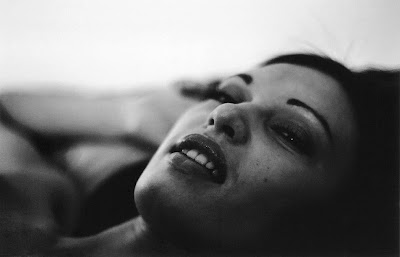

Feelings and emotions ...come and go.
It's wise trying not to take them for granted and perhaps document them when/if we got the chance.
Cheers
Wolf
http://www.wolf189.com/

